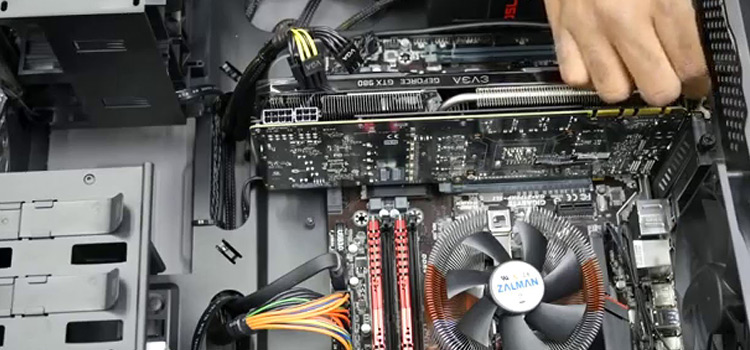The Role Of Fiber Optic Technology In Delivering Ultra-Fast Internet
As technology progressed and high-speed internet became a requirement for everyone, fiber optic innovation stepped in, revolutionizing connectivity altogether. These special cables provide faster data transfer speeds with unmatched reliability. In essence, the world wide web changed when these tiny little strands came into existence. For example, working in the Sidekick browser, which provides businesses with the best web surfing experience without distractions, speed is a major feature, even on poor internet connections. This browser still squeezes the maximum out. This write-up will explore how fiber-optic is shaping our lives amidst the digital revolution!

How Fiber Optic Technology is Providing Benefits through Ultra-Fast Internet
1. Unparalleled Speed and Bandwidth
Fiber optic cables transmit data using pulses of light, allowing for significantly faster data transfer rates compared to traditional copper-based systems. Unlike traditional copper cables, which rely on electrical signals that can be affected by interference and distance limitations, fiber optic cables transmit data at the speed of light.
2. Minimal Signal Degradation and Longer Distances
The durability of fiber optic technology is a key advantage, especially when it comes to maintaining data integrity over long distances. When using traditional copper cables to transmit data across vast territories, you typically experience signal degradation that results in slower speeds and poor transmission quality. With the use of fiber optic cable systems, there are minimal amounts of signal loss meaning you don’t require repeating or boosting the signals frequently.
This reduced signal interference makes fiber optic cable perfect for transmitting high-speed internet worldwide- even in distant rural locations! So if you’re living in either densely populated urban centers or remote areas, there’s no reason why you cannot enjoy top-tier internet services from some of the most reliable providers all thanks to Fiber optics technology.
3. Scalability and Future-Proofing
Faster internet speeds and increased bandwidth continues to be the order of the decade, with more people now than ever wanting access. However, conventional copper cabling does not provide sufficient scalability to meet these rising demands. But fiber optics technology is an answer to all of our problems.
With Fiber optics, you can easily upgrade your network capacity by changing only your endpoint hardware without having to change other infrastructure changes which are; time-consuming, expensive, and fail to provide the immediate results desired. This level of scalability gives support for new technologies for instance 5G networks, and IoT devices alongside emerging advancements such as artificial intelligence and Virtual Reality while at it supporting data requirements demanded today.
4. Economic and Environmental Benefits
Not only do fiber optic technologies benefit end-users, but they also have broader economic and environmental benefits. High-speed fiber optic Internet attracts businesses, entrepreneurs, and investors, stimulating economic growth in communities and fostering innovation. In addition, fiber optic networks use less energy than traditional copper networks, reducing energy consumption and carbon footprint. The strength and durability of fiber optic cables also result in lower maintenance and replacement costs over time.
Conclusion
Fiber optic technology has changed the landscape of Internet connectivity, providing ultra-fast speeds, unprecedented bandwidth, and reliable connections. The ability to transmit data at the speed of light, minimize signal degradation over long distances and provide unmatched stability have made fiber optic the best solution for high-speed Internet delivery. As the demand for faster Internet continues to grow, fiber optic networks offer scalability, promise, and numerous economic and environmental benefits. Using fiber optic technology, individuals, businesses and entire communities can take full advantage of the potential of the digital age, paving the way for a more connected and technologically advanced future.
Subscribe to our newsletter
& plug into
the world of technology





